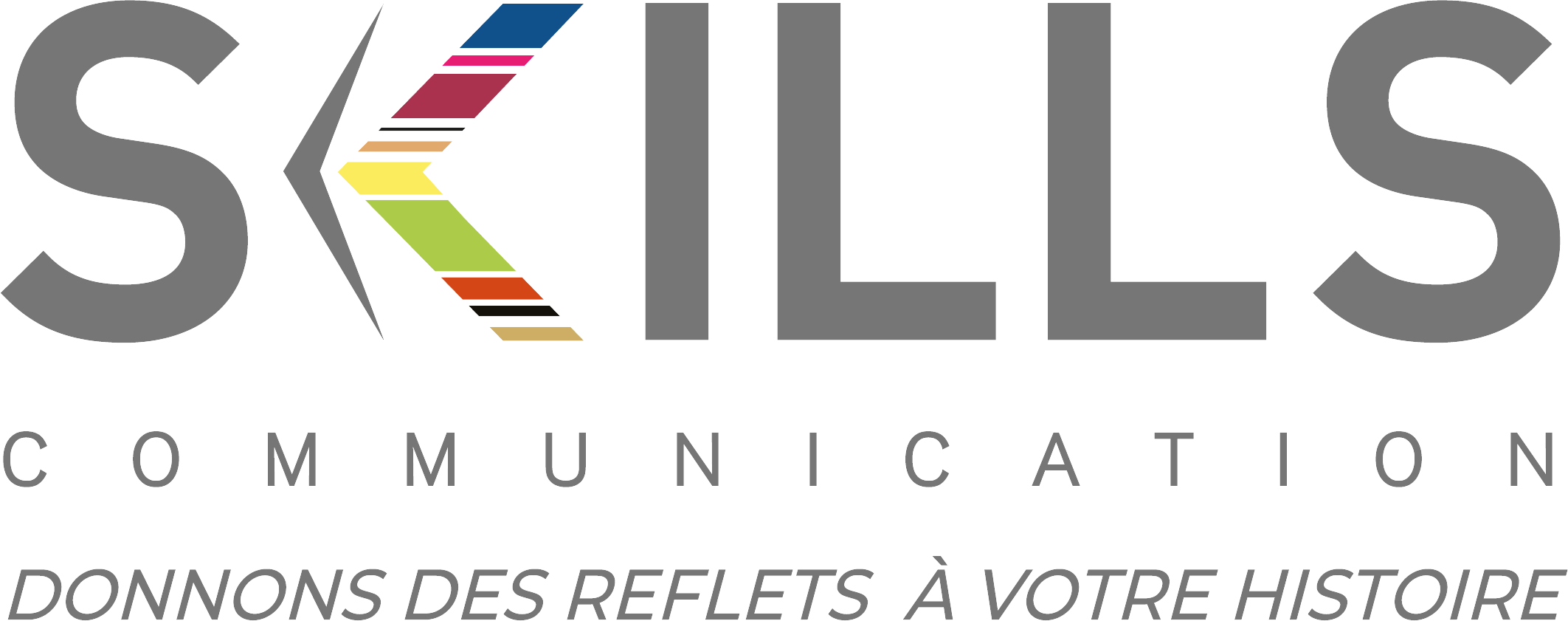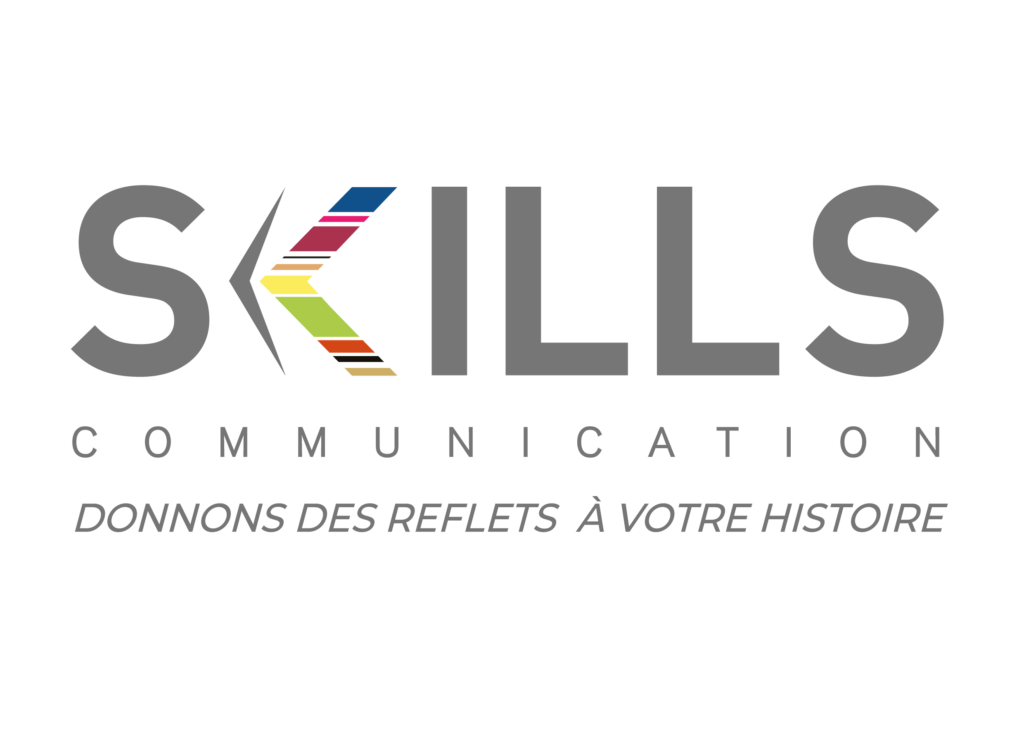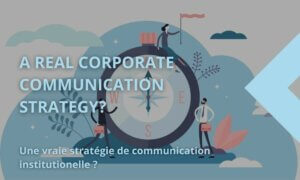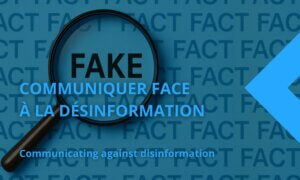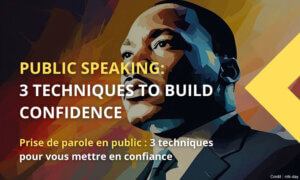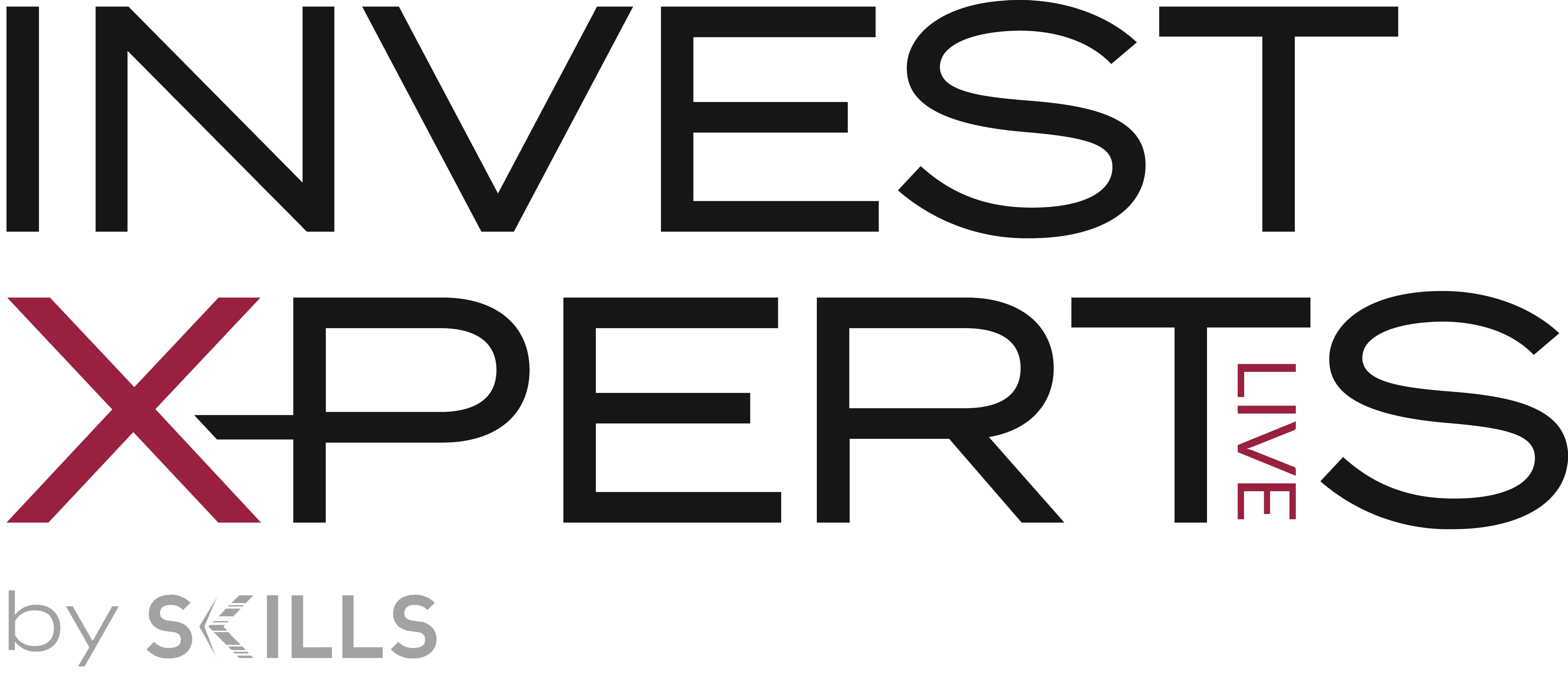Your digital communication can sublimate your image if you think UX first.
The numeric world has profoundly transformed consumer and communication habits, and companies are adapting to it with varying degrees of success, sometimes taking uncommon initiatives. How can we make the most of the opportunities offered by digital for corporate communications, particularly in the financial world? Digitization is most often understood as the adoption and integration of numerical technologies to transform the way business is conducted. This may involve automating and optimizing asset management, for example, from the collection of customer data to the analysis of financial markets’ movements or the development of distribution channels. But we will focus here on the use of digital technology to optimize the external communication of these companies. Here too, the use of numerical technologies can greatly help to promote a brand. They will bring detailed knowledge of customers’ needs and the use of new channels and forms of communication.

The development of digital platforms is not an end in itself
The digitization of communication is not limited to the development of digital media such as websites, newsletters and social networks. For sure improving online visibility is one satisfactory upside, but we see it more as the result of a strategy than as an end in itself.
Indeed, we feel it’s more crucial to consider the two essential values brought by digital: on the one hand, the detailed knowledge of customer audiences thanks to data collection, and on the other, the new technologies available. It is the combination of these two dimensions that will enable companies to ensure multi-channel communication tailored to investors’ needs, and thus enhance customer experience. It is also thanks to this approach that the organization of content on your website or other digital media will be greatly improved.
The power of data to maximize customer experience
Let’s start with data collection and in-depth analysis. You can now collect all the details of the typologies, behaviors and practices of your current and future customers. This collection can be assisted by your digital platform, your CRM, your customer questionnaires and all the sociological analyses available on the market. So ask yourself who your customers are today, and who you want to have tomorrow.
For each customer target, you need to understand their behavior in order to grasp their financial expectations, but above all their habits and lifestyles. For instance, depending on the type of transport they use, where they live, their financial practices, their engagements, their activities and, of course, their socioeconomic class, you’ll be able to understand which needs and channels to prioritize in order to reach your customers and prospects.
This is where tracking and audience measurement tools come in, across your entire platform. Everyone boasts about the number of monthly website visits, or of social network followers, but few know exactly which ones count, and how to build loyalty and increase their value-added audience.
Cookies, analysis of the visitor’s browsing experience on your site, satisfaction questionnaires, online forms, games, webinars and remarketing techniques are just some of the ways you can get to know the people visiting your digital tools. You’ll need to identify them, survey them and thank them in order to build loyalty and growth.
Furthermore, using a list of e-mails or prospect profiles, you can easily reach “look alike” targets via digital marketing (SEA, SMM).

Data crunching to know your customers
Maximizing customer experience therefore begins with in-depth data analysis, to get to know the customers precisely.
At this stage, it’s time to reconsider your communications strategy: Which customer targets do you want to focus on? What image do you want to project? What differentiating positioning can you demonstrate? What know-how can you bring to the table? These are all essential questions that need to be asked regularly, so that you can focus your efforts on the most interesting subjects and audiences, in the short and medium term.
The final pitfall may be that you know your skills, the characteristics and expectations of your prospects and your communication ambitions, and yet miss your target if you use the wrong information format and/or the wrong media.
Multiply your content and formats
We won’t elaborate here on the absolute necessity of offering your customers qualitative numerical material:
-
- An access to the information that matters to them
-
- An optimized digital platform (fast loading, 24/7 accessibility, responsive design,
-
- A humanized and reactive client service (chat- no chatbot, satisfaction tracking…)
These technological “must” are the first pillars of customer experience; they must be constantly tested and improved.
We’ll focus more on the core of SKILLS’ expertise, i.e. storytelling and content staging, using the full range of new-generation communication tools.
Vertical communication, identical for everyone and across all channels, is no longer an option. Today’s digital natives want tailor-made communication. They want to interact with you. They want to learn from you. They expect values, transparency and support.
At the same time, new lifestyles demand rapid access to information, with illustrations, easy to memorize and consultable through all new media.

Capitalize on your know-how while exploring new formats
We therefore recommend starting with an exhaustive inventory of the content and know-how available to your company’s communications department. Knowledge is often available at every level. What’s mostly lacking is the appropriate format for each type of prospect and the media used to reach them.
To meet today’s need for simple, instant information, let’s start with short, illustrated formats. Forget expert talks that begin by promoting your skills, before getting down to the substance of the proposed solution. Let’s enhance our communication with figures, diagrams, infographics and, above all, reliable sources.
If we then consider our target customers’ learning and understanding requirements, we’ll give priority to FAQs and chats, educational video formats, short podcasts and partnerships with influencers (assumed to be neutral and non-expert).
Let’s conclude with a few other interesting examples of existing digital communications.
-
- The creation and distribution of content, such as webinars and educational videos to engage investors.
-
- Social networks to interact with investors and create a community around the brand.
-
- The exploration of emerging technologies, such as virtual reality (VR) or artificial intelligence (AI), to create immersive and innovative experiences in financial markets or personalize customer exchanges.
The SKILLS DirCom’s have been working with major groups and market influencers. This gives us a 360° vision of the your business know-how and of digital communication tools. We can help you evaluate your situation and develop your brand visibility.
Photo principale Igor Omilaev
